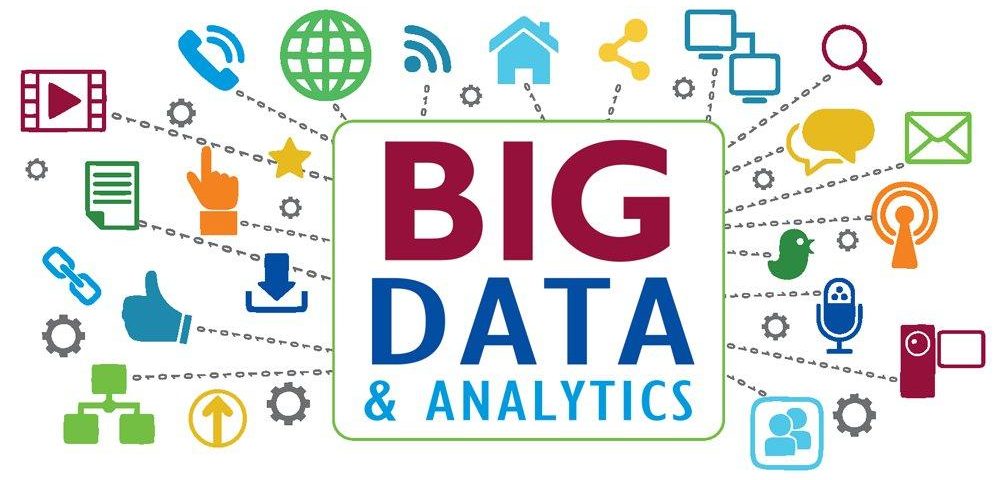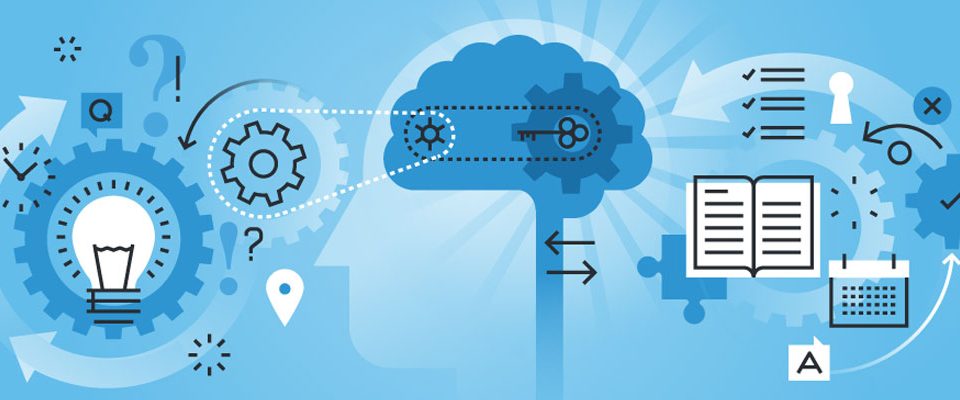- Have any questions?
- +91 9846192868
- info@gescis.com
What is the Role of Big Data Analytics in the Health Care Industry?

Business Intelligence: Knock-down the Challenges and Explore the Opportunities of Health Care Management
January 1, 2017
Comprehensive Solution on Health Care Industry with Internet of Things
February 24, 2017Infectious diseases are always a great threat to humanity and of course an extended drawback to the world economy. We all know our world works in the thread of interconnection and so, nothing is possible without direct communication. The increasing outbreak of infectious diseases is therefore a disaster for the humanity. For instance, Ebola that has affected multiple countries, claimed lot of lives and has brought billion of loss to the economy as well.
Such circumstance demands the necessity of a health system with better predictability. That is the predictability of the seasonal diseases like influenza, diarrhea is possible. So the hospitals can reserve extra bed, staff and other facilities for ensuring good treatment for the patients. Even though in India, the matter of bed occupancy is so difficult to get solved because of increased number of patient, other things like drugs and supplies can be improved with proper planning.
On the other side, the public health care system that is already in a tough mode finds further inadequacy at the initial recognition stage of the outburst. Here once an outbreak is reported all the existing services will be directed to this part and so the routine health care check up falls in trouble. This results in disaster to the entire health care system, finally leading to more issues with negligence.
Utilizing the big data
According to recent surveys, such health outbreaks are threat to entire world and not to India alone. So the solution for tackling the outbreaks must start with technological integration. As a first step, be ready to invest on the systems, this will end unpredictability and encourage viability to the policy makers. As an example, the Google Flu Trends that has been launched some years back was a fresh solution and aggregated the Google search queries with the influenza affected rate in almost twenty five countries. At that time it almost overtook the Centre’s for Disease Control and Prevention (CDC) of US by predicting the influenza outbreak almost two weeks before the CDC could. But the drawback was its failure in predicting 2013 flu outbreak and as a result it was forced to shut down in 2015. This has alerted the experts regarding the demand for algorithm update with time and its importance in processing data for accurate results. However in every respect the big data is an asset to the economy. But the need for correlating it effectively for making better predictions and also integrating it with various sector helps in exploring the opportunities. The need for protecting the privacy of the institution also comes along the way as an unavoidable instinct.
The Underutilized big data in India
In India the big data is often underutilized. This is mainly because of lack in collaborated systems that initiate analyses and predictions in the health care systems. The big data usually varies in volume and velocity, which is defined by location and time. So what we need is a collaborated system that integrates everything together. The recent outbreak of chikungunya in Delhi has been detected by some of the online aggregation systems. Again the social media does have its role in alerting the society regarding the outbreak of such diseases and so elevating the impact to a much lower level.
Specialized system drawback
Integrated Disease Surveillance Program (IDSP) is an important set up that works with data at district and state level. It is capable of predicting the disease outbreak on state level and district level. The updates are being done on the system for presenting accurate data over time. But the system couldn’t perform to the best with the accuracy in its predictions with lack of laboratory proven data. And the worst part was that most of the predictions made were not on infectious diseases.
The focus of National Polio Surveillance Project (NPSP) in predicting infectious disease has been a recent development in the health field. After its success in eradicating polio, the focus has been shifted to infectious diseases that can be prevented with vaccination.
The basic support standard of all hospitals must be above average and so in case of outburst, no patient will go unattended. Also utilizing the technology for the best of humanity is always advised.


